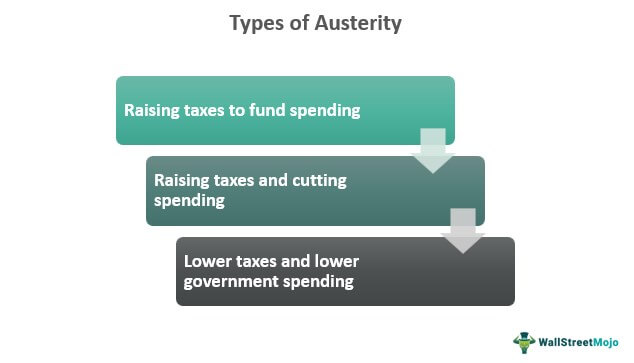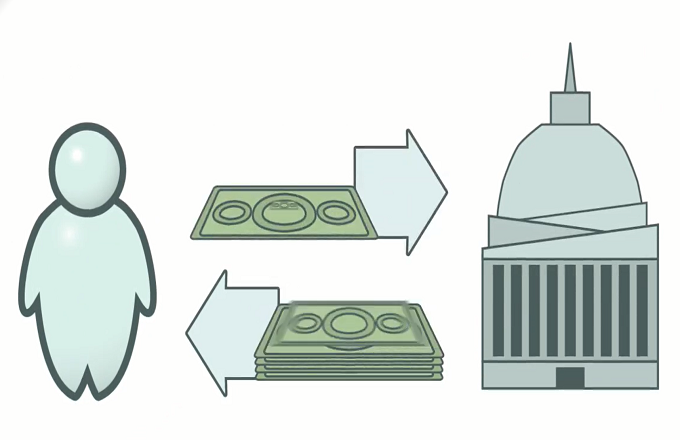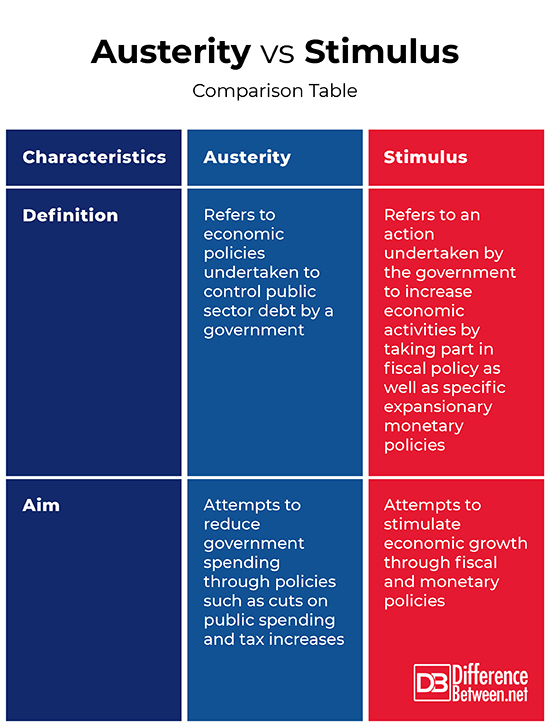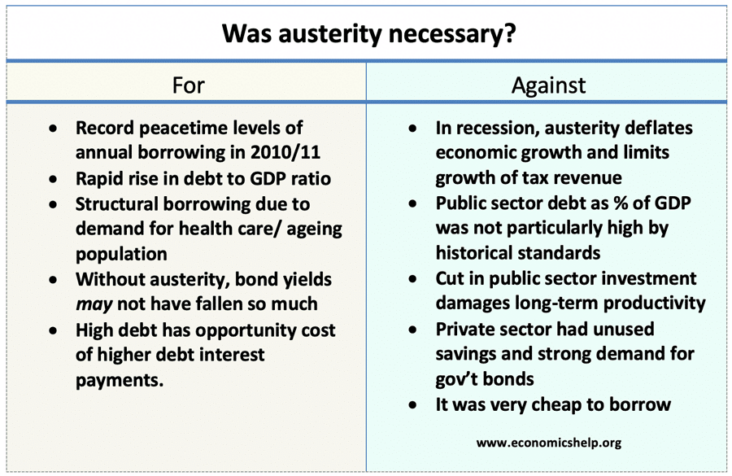Austerity is a term used to describe a specific kind of economic policy that seeks to reduce government spending, increase taxes, and limit borrowing. This often leads to a reduction in government services and welfare benefits, as well as an increase in unemployment. It is an approach that has been embraced by many governments during times of economic hardship, and has been a hotly debated topic across the world. In this article, we will explore the concept of austerity in greater depth and discuss its definition, history, and implications.
Overview of the Austerity Definition and its Application

Austerity is a term that’s thrown around a lot these days, but what does it really mean? In a nutshell, austerity is a policy of cutting back on public spending and increasing taxes in order to tackle a budget deficit or reduce public debt. This approach is often used by governments as a way to reduce their overall debt and get their finances back on track. In times of austerity, governments typically reduce public services, freeze wages and implement other cost-cutting measures to make up for the lack of revenue. While this approach can be effective in reducing debt, it can also have a negative impact on the economy, as it can lead to unemployment, lower consumer spending and reduced economic growth. Despite its potential drawbacks, austerity remains a popular fiscal policy choice for governments looking to balance their budgets and reduce debt.
The Historical Context of Austerity and How it Has Changed

Austerity has become a huge part of our lives in recent years, from governments cutting public spending in response to the financial crisis to individuals trying to make ends meet. But its roots have been around for centuries, and it has changed over time. Historically, austerity has been used as a way of controlling debt and public spending, with governments cutting back on spending to reduce their debt levels. This has been done in times of economic hardship, and to ensure that governments do not overspend during good times. In recent years, austerity has come to mean more than just reducing public spending, with governments also introducing tax increases and other measures to reduce their debt levels. These measures have had a huge impact on the lives of many, with some experiencing serious financial hardship as a result. While austerity has been necessary in some cases, it has also had a negative effect on some economies, causing high levels of unemployment and a drop in economic growth.
Examining the Pros and Cons of Austerity

Austerity is an economic policy that has both its pros and cons. On the plus side, austerity measures often reduce government debt, reduce inflation, and strengthen currency. On the downside, however, it can lead to higher unemployment, increased poverty, and decreased economic growth. It’s important to note that austerity isn’t a one-size-fits-all solution and can have vastly different impacts depending on the country in which it’s applied. Ultimately, it’s up to policymakers to weigh the pros and cons of austerity and make the best decision for their citizens.
Examples of Austerity in Practice

Austerity is a term used to describe an economic policy of reducing government spending, usually in times of economic hardship. It involves cutting public sector expenses and increasing taxes to pay for it. It is often seen as a way to reduce public debt and help a country out of a recession. In some cases, austerity measures can be seen as a way to balance a budget and reduce government spending. Examples of austerity in practice can be seen around the world, from the UK to Greece, where governments have implemented austerity measures in order to reduce their debts and help the economy. In the UK, the government implemented a series of austerity measures, including cutting public services and increasing taxes, in order to reduce the country’s debt. Similarly, in Greece, the government implemented a series of austerity measures to reduce its debt and help the economy. While austerity measures can be seen as a way to reduce public debt and help a country out of a recession, they often come with a host of social and economic costs, such as increased poverty, inequality, and job loss.
How to Avoid Plagiarism When Discussing Austerity

When discussing austerity, it’s important to remember to avoid plagiarism. Plagiarism can come in many forms and it’s important to be aware of it so you don’t get into any trouble. To avoid plagiarism, make sure to cite any sources you use, quote or paraphrase accurately and properly, and give credit to the original author of any ideas or words that you use. Additionally, you should avoid simply copying and pasting information from other sources. Instead, put the information into your own words, as this will help you create original content that is unique to you. When discussing austerity, it’s important to do your own research and be knowledgeable on the topic to ensure that you are writing correctly and accurately.




